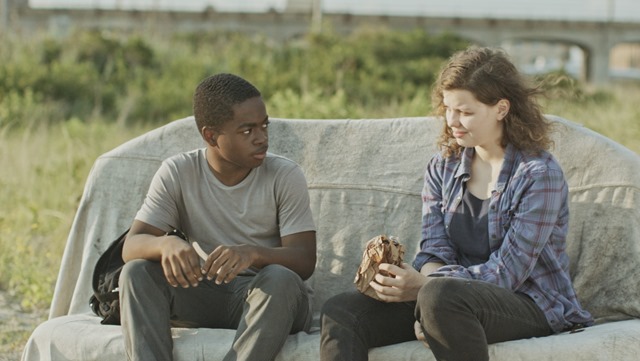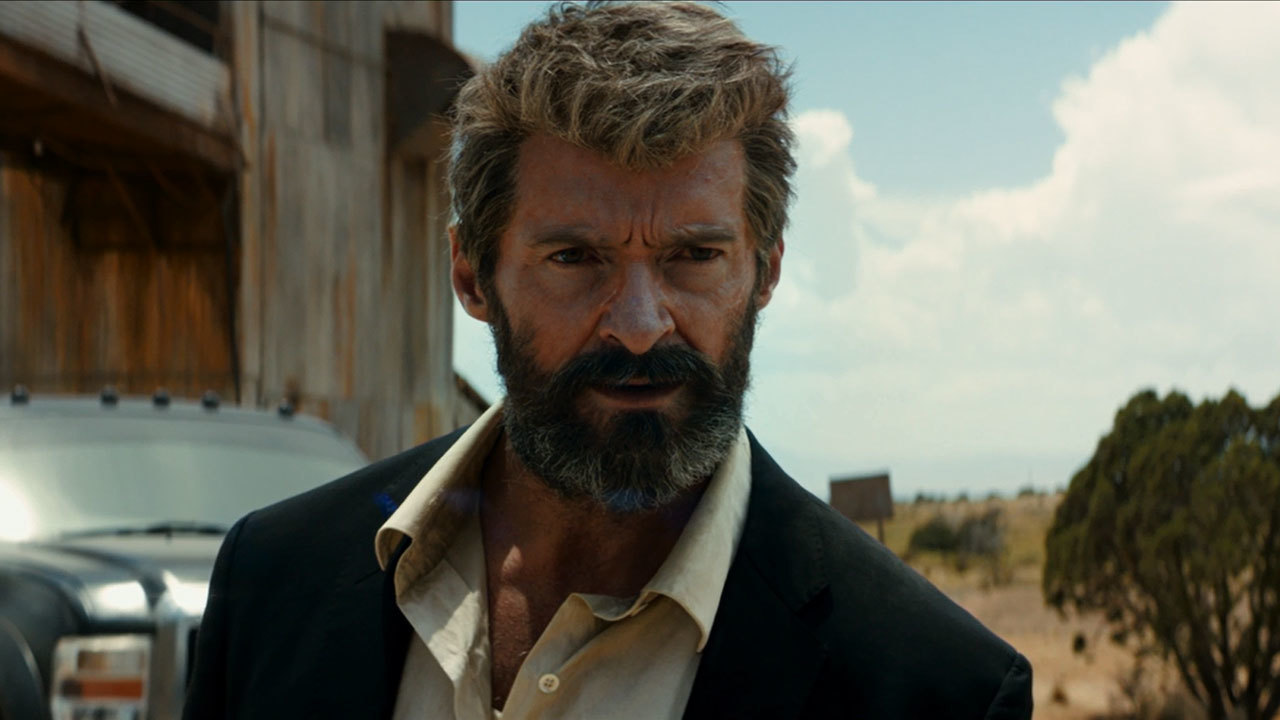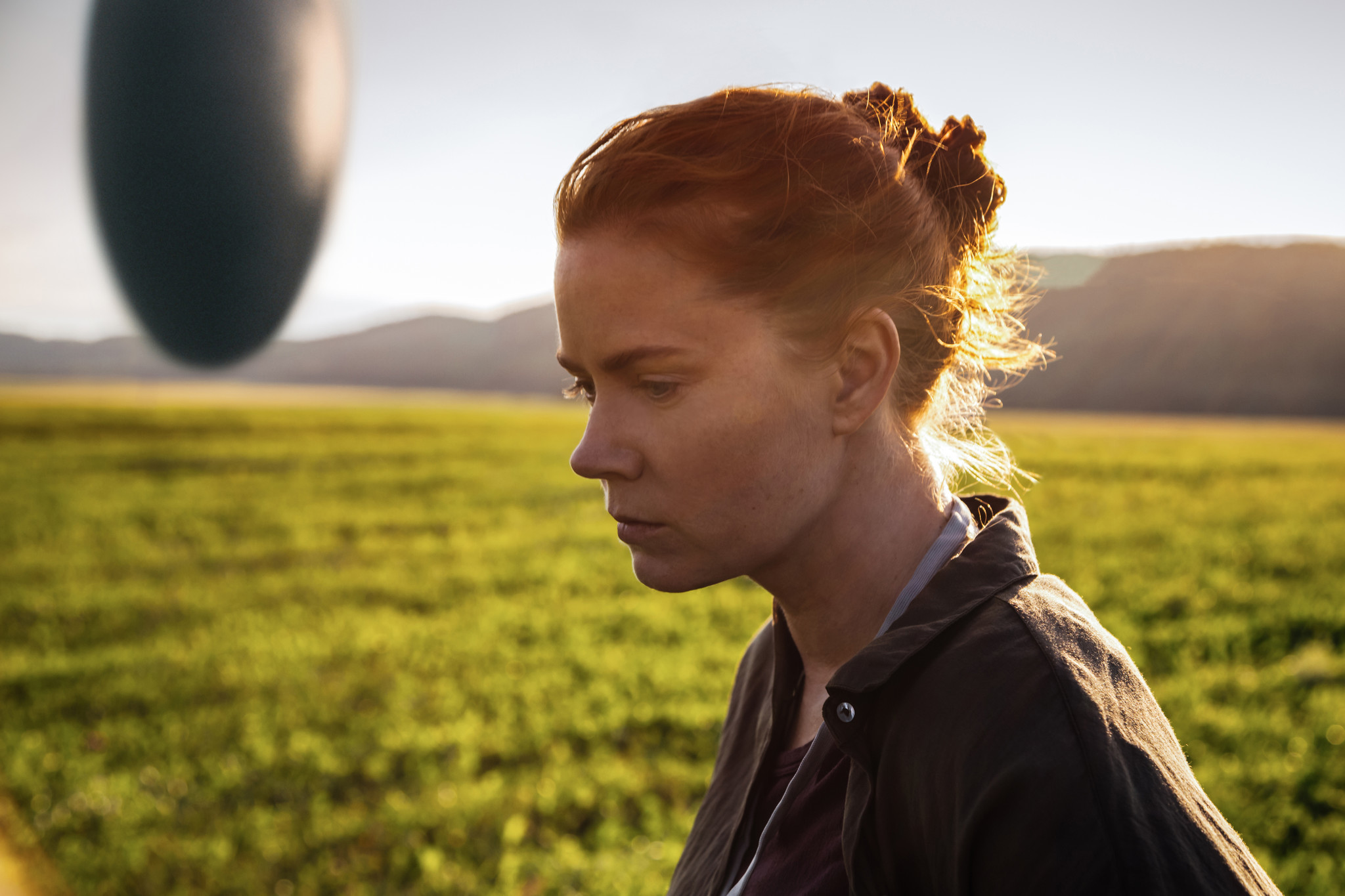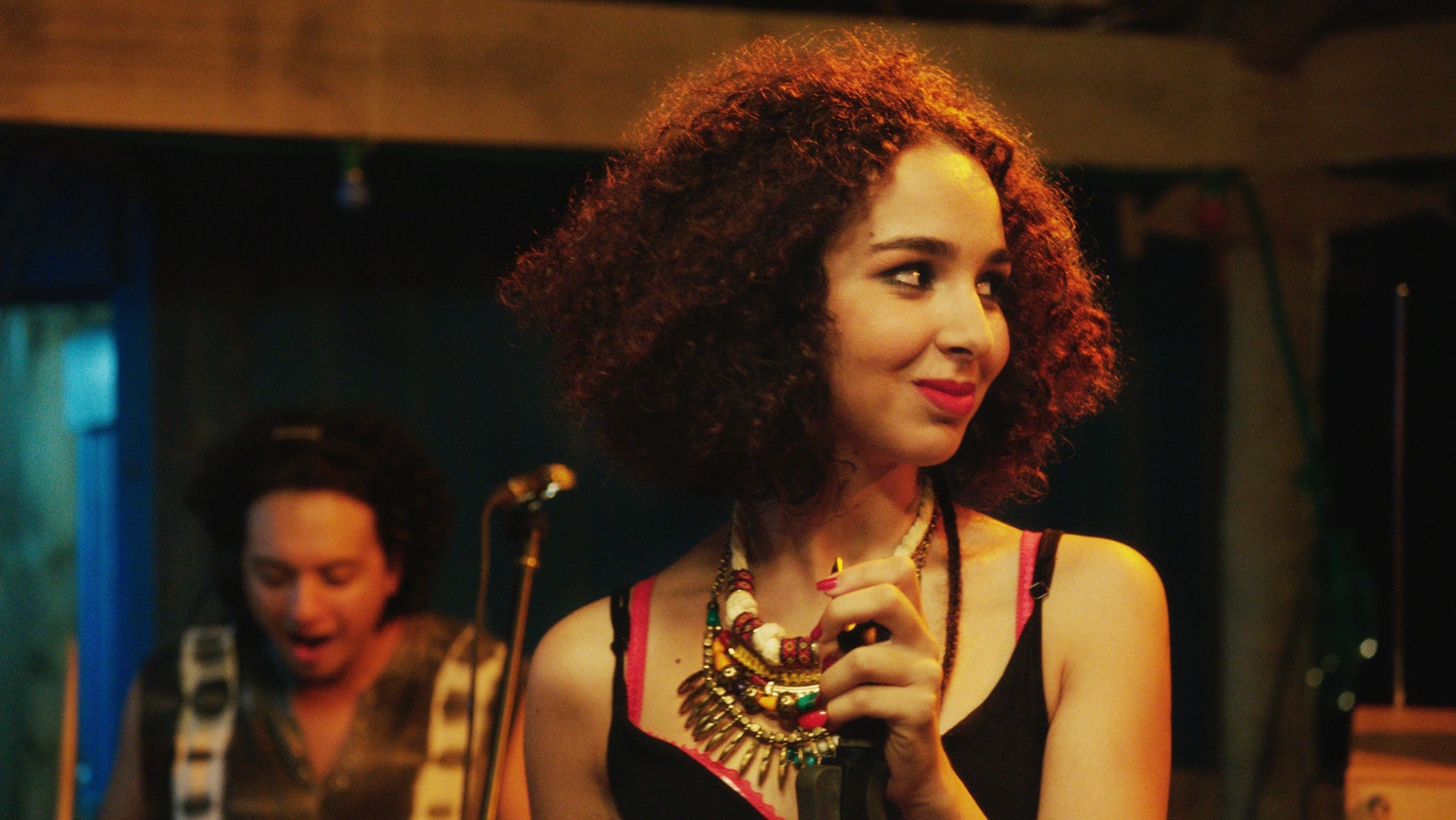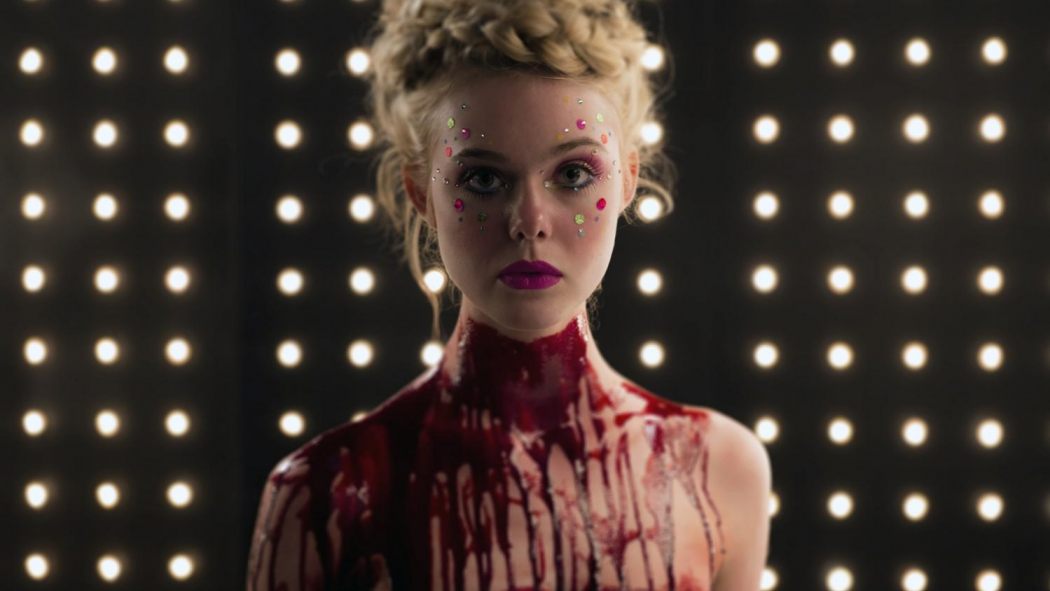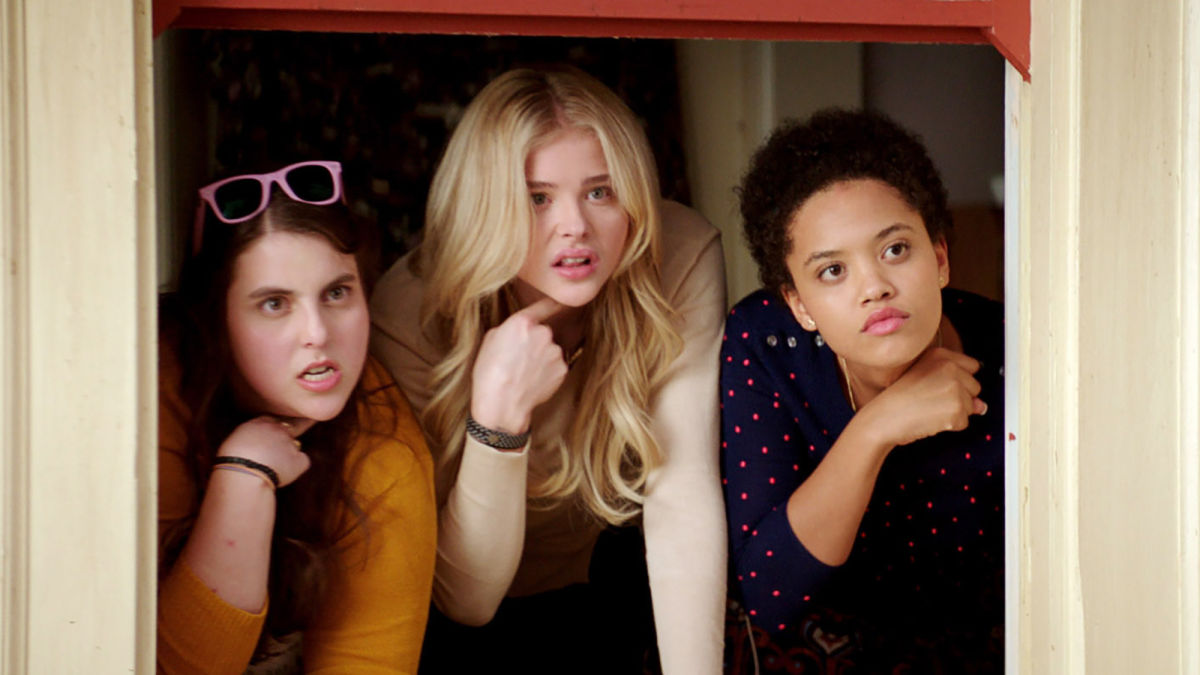Written by Katherine Murray.
I have a confession to make: I am so taken with the idea of being a literal vampire that it completely escaped my notice that Michael O’Shea’s film, The Transfiguration, may not be about literal vampires.
The film, which premiered at Cannes last year and opens in limited release this month, follows Milo (Eric Ruffin), a teenager who’s even more obsessed with vampires than I am. Milo, who we learn early on has been seeing a counselor about his violent impulses, gets beat up by local gang members during the day and stalks the streets at night, cutting his victims with a knife and drinking their blood. He keeps detailed journals explaining the “rules” of vampirism as he’s learned to understand them and he never socializes with anyone except his older brother and, as the film progresses, a neighbor girl named Sophie (Chloe Levine). Sophie has a much more casual, romantic interest in vampires, preferring popular works like Twilight and True Blood over Milo’s darker, more refined tastes – Let the Right One In, a Swedish film that shares more than a couple of plot points with The Transfiguration, is his favorite.
As Milo starts to care for Sophie, he also starts to see himself through her eyes and to question some of the choices he’s made, as well as some of the rules he’s learned about vampires. He also starts to reflect on how he became a vampire in the first place, an origin story that has less to do with being bitten by a stranger and more to do with witnessing his mother’s suicide. Eventually, like the sun setting over the course of a month, a heavy existential question settles over the film: if this is what Milo’s experiences have already made him, what comes next?
The Transfiguration is a slow-moving but confident film that uses the idea of vampires in a way I haven’t seen before – which is saying something, considering how omnipresent vampires were just a few years ago. As many other critics have pointed out (to me), it’s never entirely clear whether Milo has literally become a vampire, or if he’s just a messed-up kid who kills people and drinks their blood – and it doesn’t need to be clear. The point of the story is that, like so many vampires, he’s been transformed against his will into a creature he can’t quite make peace with. It’s an insight into vampires – backed by what seems to be an encyclopedic knowledge of how they have been portrayed in film – but just as interestingly, and perhaps more importantly, it’s an insight into how our experiences shape us; how early the die can be cast on the type of people we grow up to be.
Shot “guerrilla-style” by a first-time filmmaker, it’s impressive that The Transfiguration even exists, and that O’Shea and his director of photography, Sung Rae Cho, were able to create an unconventional horror film that can stand side by side with indie and art house offerings at festivals around the world. The understated performance from the two young leads, Eric Ruffin and Chloe Levine, also helps to maintain the difficult balancing act between the real and the supernatural. That said, The Transfiguration is better at asking existential questions than it is at answering them and the film’s final act is a bit of a downer.
In that respect, it reminds me of another weird movie with a problematic ending: Sony’s 2012 sci-fi film, Looper. Although I liked Looper a lot, the movie’s resolution, and its message [spoiler] that its main character should kill himself so that he doesn’t ruin someone else’s life, rubbed me the wrong way. Like The Transfiguration, Looper is a complicated story about destiny, the role of formative experiences, and the question of whether someone who has internalized a very deep trauma and lashes out in violent ways has any possible path toward redemption. That question is not academic to some people; it’s something they struggle with in real life, and I hope they will not conclude that the answer is “Once a monster, always a monster.”
The Transfiguration is less glib about this question than Looper is, but it definitely seems to take the position that, after life has placed you on a particular path, you walk it until you die.
For me, the most interesting character in The Transfiguration is actually Milo’s taciturn brother, Lewis (Aaron Moten). What we know of him, we only know from a single scene late in the film, but he was, apparently, a part of the neighborhood gang before withdrawing for unspecified reasons. He served in the military for some period of time and saw people get blown to pieces overseas. And, in the single scene where he talks for more than five seconds, he soberly and surely tells Milo that, no matter how bad he feels for whatever he’s been doing, there are people all over the world doing something a million times worse. This is a moral philosophy that’s both true and incomplete, but it’s fascinating because it’s about how you go on living – and that’s something we only do when we haven’t given up on ourselves as being a lost cause.
By contrast, the least interesting characters are the undifferentiated clump of gang members who apparently have nothing better to do than to terrorize middle school kids. Nothing about them feels particularly real to me, and it seems like they exist only to fulfill a plot purpose and to serve as a vague reminder that young men with histories like Milo’s can grow up to be killers even without getting weird and vampiric about it.
The Transfiguration is an uneven film with an uncomfortably pessimistic ending, but it’s rescued by its insight into Vampire as monster and the way it leverages that insight to examine the human condition.
Katherine Murray is a Toronto-based writer who yells about movies, TV and video games on her blog.
